Whale Heritage Sites
Whale Heritage Sites are an ethical tourist option to have meaningful experiences with whales and dolphins.
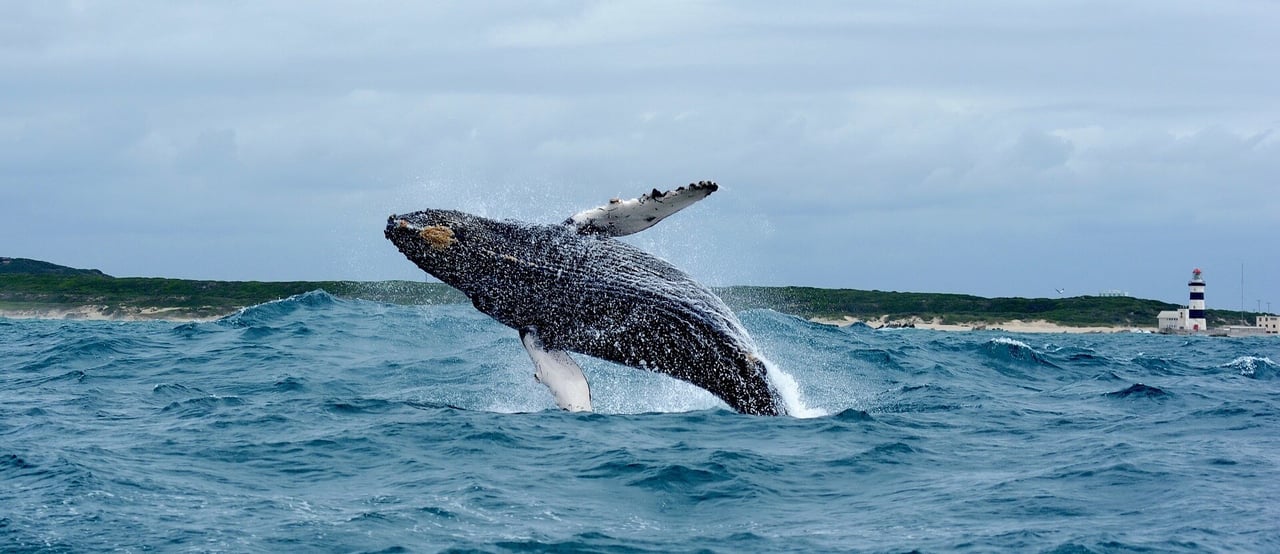
Image credit: Lloyd Edwards / Raggy Charters
Whales can be found all through the world’s oceans. Despite looking like big fish, they are actually warm-blooded mammals that breathe air, just like humans. They are protected from the cold ocean waters by a thick layer of fat called blubber.
The Blue Whale is the biggest known animal to have ever lived on our planet. It can grow up to 30 metres in length and weigh up to 200 tonnes – that’s as much as 33 elephants!
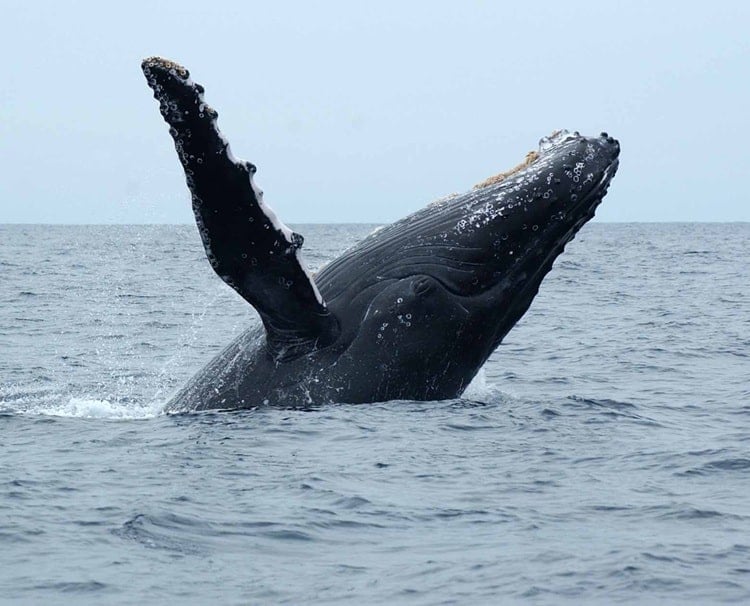
Whales are part of the Cetacea family which includes around 90 species of whales, dolphins, and porpoises. The species found in Australian waters include Blue Whales, Humpback Whales, Sperm Whales, Minke Whales, and Orcas (also known as Killer Whales).
Humans have long been fascinated by the moans, howls, and cries that whales use to communicate. These sounds aren’t genetically hard-wired like birdsongs but have to be learned from other whales. Whale songs are thought to be mating calls but there’s still a lot about them that we don’t know.
Whales are at the top of ocean’s food chain and play an important role in helping fish and other species reproduce and thrive. Whale poo is an essential source of nutrients for marine phytoplankton which produces more than half of the oxygen humans need to breathe.
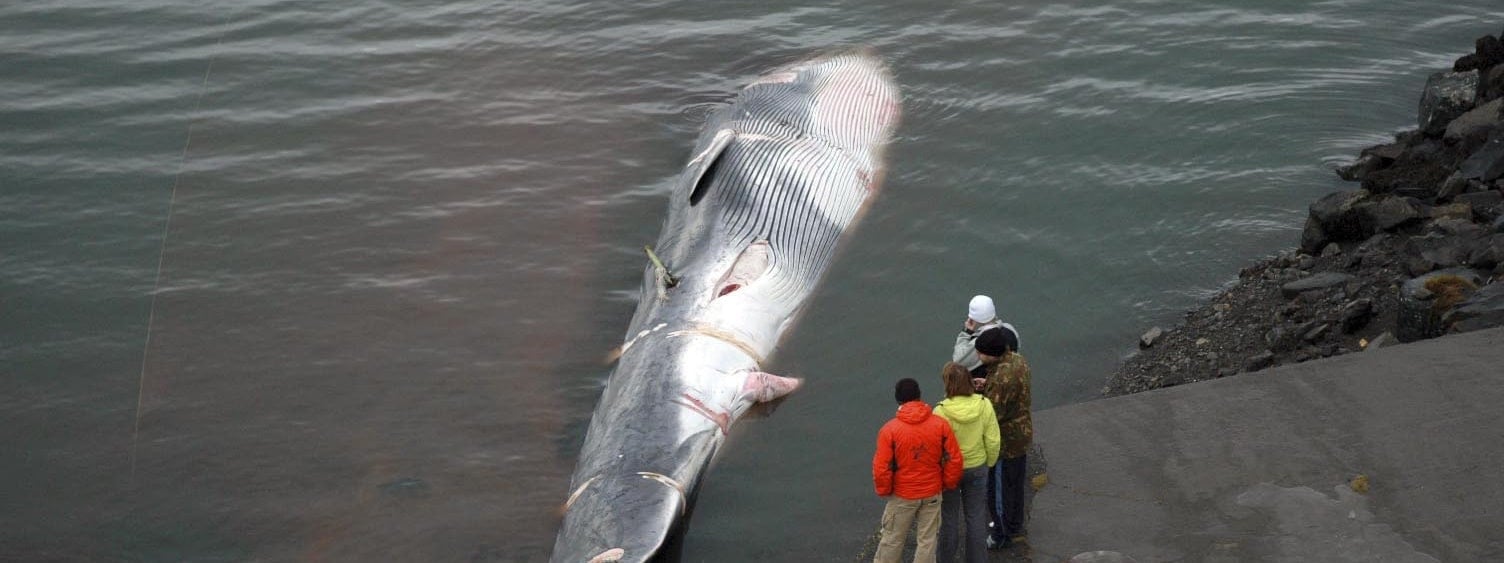
Image: Commercial whaling in Iceland. Credit: Jonas Fr. Thorsteinsson
Fishing nets and gear are also a threat, both active and\lost, abandoned fishing equipment, known as ‘ghost gear’, all of which can injure and even kill these majestic creatures.
Commercial hunting of whales for meat and blubber was banned by the International Whaling Commission in 1986. But three countries – Iceland, Japan, and Norway – continue to kill more than 1,000 whales every year.
But the biggest threat to whales in the future might just be climate change. Changes to the oceans’ temperature, winds, and currents mean whales’ feeding grounds will change too. They may have to travel further to find food, leaving them less time for feeding.
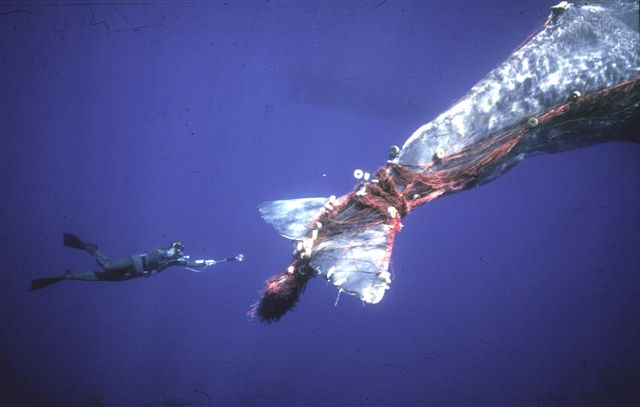
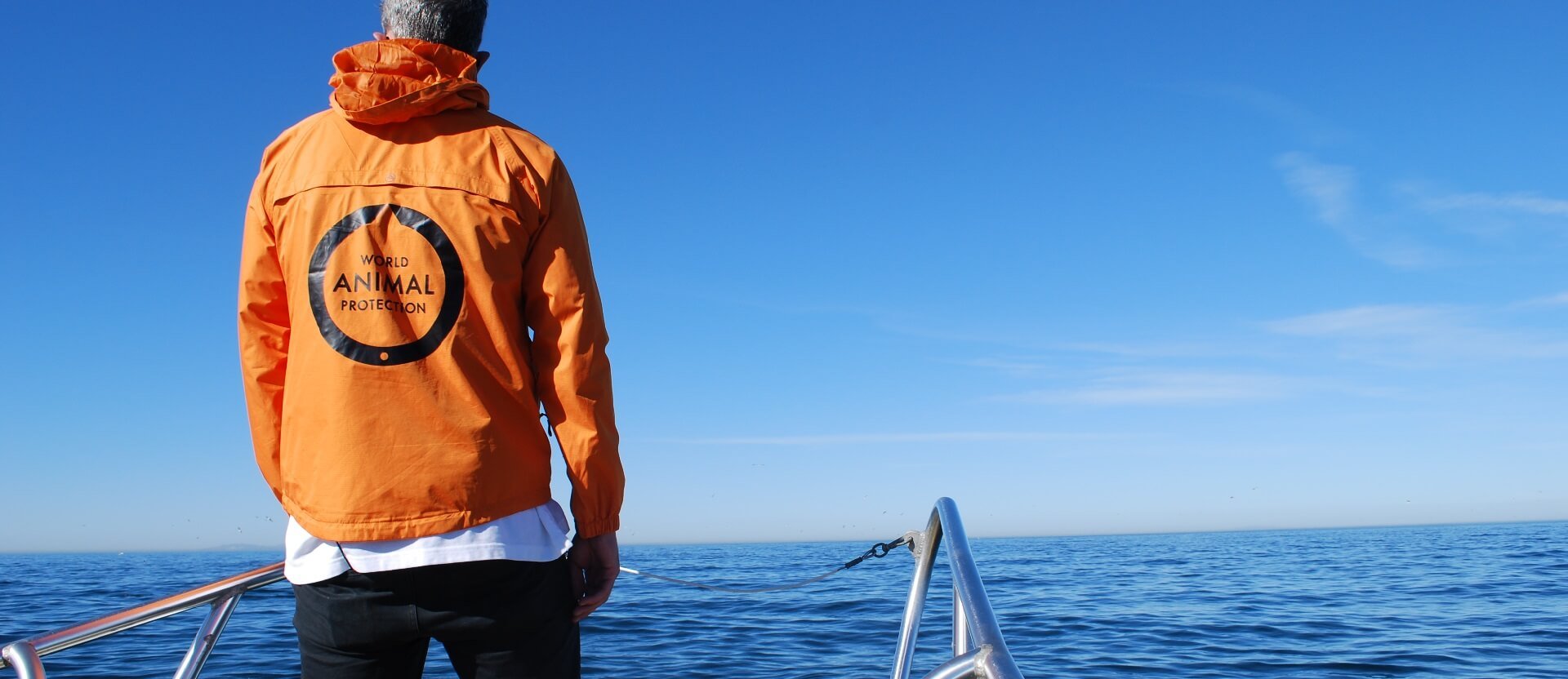
In the Asia Pacific region, the GGGI is increasing education and awareness about the problem of ghost gear and funding grants for recovery, repair, reuse and recycling projects.
World Animal Protection also supports the establishment of Whale Heritage Sites like Hervey Bay and the Whitsundays in Queensland. These sites have been accredited by the World Cetacean Alliance in recognition of their responsible and sustainable while whale and dolphin watching.
Whale Heritage Sites are an ethical tourist option to have meaningful experiences with whales and dolphins.
Whale watching is an incredible way to marvel at these majestic creatures as they leap and frolic through Australian waters on their annual migration.
Choosing an accredited Whale Heritage Site, like Hervey Bay, is a way to take part in this unique activity in a way that respects and protects whales and their habitats.
Animals desperately need you to protect them from cruelty, pain and exploitation. Will you help them?
Looking for something fun to do for the kids? Explore our colouring sheets, animal mazes, origami, word searches and more.